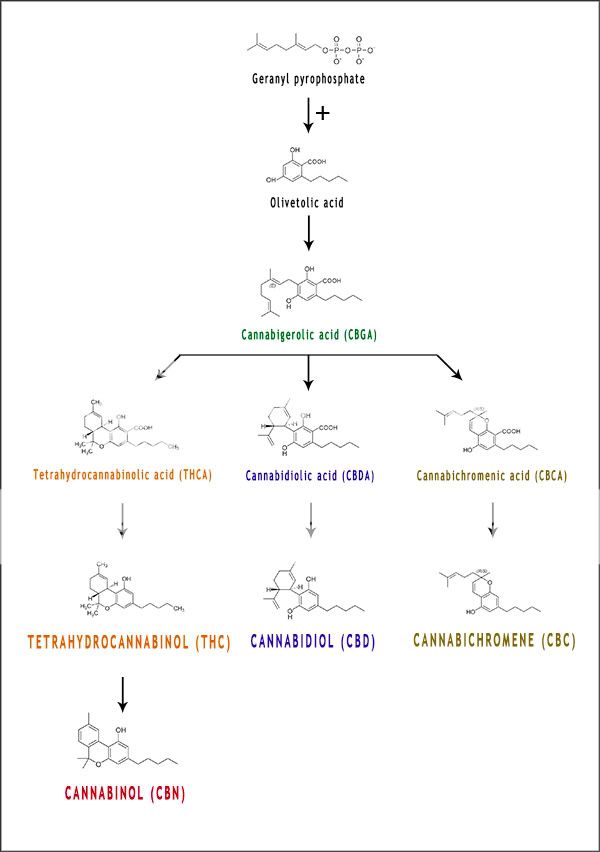I hate having to spoon feed you Brick Top. When you argue with Pubmed and research published there by the Department of Pharmacology and Cancer Biology of Duke University Medical Center my credentials are unlikely to impress, although I can tell you that you have heard of me & have likely also used one of my strains at some point in your life.
Duke is just up the road from me a bit ... roughly an hour ... my ex-neighbor used to do DNA research there .... not that either of those things really matter.
Possibly I have heard of you or even tried one or more of your strains before, but why the mystery man thing? If you are someone I have heard of and respect the work of why not say who you are? After all, anyone can claim to actually be someone others likely have heard of. Are you worried that if you reveal who you are that you will have a herd of RIU groupies sending hundreds of friends requests so they can say they are an online friend of someone they might see as being something of a rock star of cannabis. Or are you more concerned that people will scratch their heads and say .. ehhhh .. never head of the person and don't know anything about their strains?
"In the EPM and light-dark tasks, THC was anxiogenic in both age groups"
You still seem to be attempting to argue, no, I will just call it discuss, something that I made clear that we both agreed on. I have said THC will cause anxiety in some people. But what I also said is it is less the THC in cannabis than the combination of cannabinoids that causes anxiety since some work to enhance others and others will diminish the affects of others and when in different ratios/balances/combinations or however you prefer it anxiety will or will not occur.
Now if you are saying that THC and THC along, totally separate from all other cannabinoids and ternenoids and other elements found in glandular trichome heads is given to someone, smoke, ingested or whatever then anxiety will be the reaction, that would be a horse of a different color, but also one that would not fit into a discussion like this in that no one will grow a crop resulting in only THC being found and all other chemical substances would be lacking.
If you are talking about THC and THC alone, and had made that clear I would have just agreed with you and left it at that. But that was not and is not what I am talking about and if it is what you are talking about you are talking about a different subject than I am.
I also added that in what might be a small percentage of people the confusion and disorientation caused by increased levels of CBN will also cause anxiety. I am sure it is for different reasons but it is still anxiety nonetheless.
However, seeing as your unqualified statements hold more weight than the Department of Pharmacology and Cancer Biology of Duke University Medical Center and you would like to replicate the experiment in your lab the complete study can be purchased @:
http://www.springerlink.com/content/u0330457786022t4/
Clearly you purchased it if you know it so why not be a pal and share it with us all and in doing so prove your point beyond any shadow of a doubt? That is unless like many you only rely on an abstract and then fill in the volumes of missing information with what you believe too be true.
You really are a Brick Top. I liked you better when you just accepted my amendments to your statements. I suppose we can still be friends~ LOL
I never suspected that you had any cause or reason to like me in the first place so I am amazed that you said you; "suppose we can still be friends." Gee that is so very sweet of you .. Will You Be My Valentine?
As for friends, I am not here to make friends but as gruff as I might come across I really do not hate anyone, not here anyway ... but maybe the pucchiaca who lives across the street from me.
I just had a thought ... which is bound too be absurd .... but I do tend to search for clues and use a little deductive reasoning at times and something you said made me wonder if it was a clue, either intended or unintended. It was where you said; "I suppose we can still be friends." Now being friends is not the same as love but it makes me almost have to wonder if you have a potion for such, possibly even as many as three of them. If so and if this were the old TV show What's My Line ... I would win.



